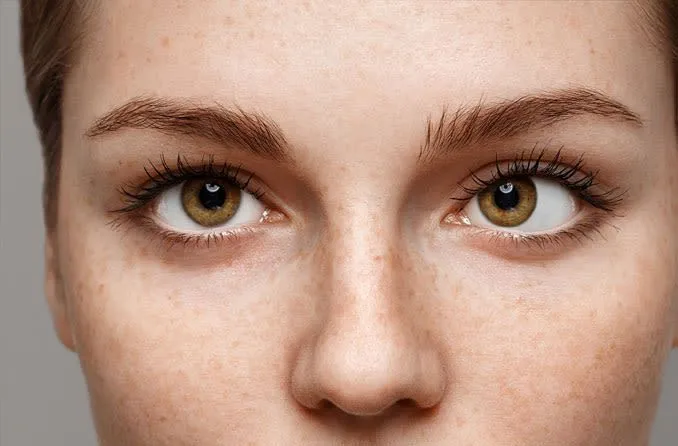What Is Adult Strabismus?

Strabismus is the term used to describe any misalignment of the eyes in which the eyes fail to work in tandem to focus on and track objects correctly. While strabismus is a common pediatric eye condition, it can also affect adults, causing them to experience somewhat different symptoms and impacts compared to younger patients.
With strabismus, when one eye is focused straight ahead, the other eye will turn in, out, up, or down. For adults, this turning can create visual disturbances such as double-vision or visual confusion that can become debilitating. The appearance of the turned eye can also have a negative impact on a person’s emotional wellbeing and social interactions.
Many patients erroneously believe there is nothing that can be done for adult strabismus or that correcting it is a cosmetic procedure not covered by insurance. There are a number of treatment options available for adults with strabismus, and in most cases, insurance carriers will cover strabismus treatment as it is considered medically necessary and not an elective cosmetic procedure. The fact that strabismus therapy improves a patient’s appearance is secondary to the fact that treatment is undertaken to correct a visual disorder that can be incapacitating.
What Causes Adult Strabismus?
Strabismus occurs when there is an abnormality in the muscles or nerves associated with eye movement or in their connection to the brain. While it is not always possible to identify the origin of strabismus, some common causes of strabismus in adults include:
- Childhood strabismus that was not corrected or has recurred.
- Certain Neurological Conditions
- Thyroid Eye Disease
- Diabetes
- Trauma
- Stroke
- Tumor
What Are the Symptoms of Adult Strabismus?
Besides the visible turning of an eye, adults who suffer from strabismus experience additional symptoms. In children with strabismus, the brain typically learns to ignore visual input from the turned eye, which means children tend to experience less direct visual disturbance (although they may develop amblyopia, also known as lazy eye). For adults whose brains are used to receiving visual stimuli from both eyes, strabismus can have different symptoms such as:
- Double-Vision (Diplopia) – Seeing two images of the same object when there should only be one. The images can be distinct or overlap to some degree. Diplopia is a debilitating condition that affects reading, driving, and working.
- Visual Confusion – Seeing two different images superimposed onto each other. This can be debilitating and even dangerous when doing an activity such as driving.
- Image Jump – Images captured in the field of view change significantly as focus shifts from one eye to the other.
- Abnormal Head Posture – Adults with strabismus often turn their face or tilt their head to compensate for double-vision. Over time, the muscles of the neck can shorten and tighten, changing the individual’s normal head posture and range of motion.
How Is Adult Strabismus Diagnosed?
Even when symptoms are prevalent, a comprehensive eye examination is still needed to diagnose adult strabismus. At SightMD our qualified eye doctors are able to to properly diagnosed, identify possible underlying causes, and a determine a course of treatment.
Treatments for Adult Strabismus
There are different approaches to treating adult strabismus depending on its cause and severity, but they all have the same goal of restoring binocular vision. Treatment options include:
- The use of a prism in eyeglasses to correct double vision
- Eye exercises (orthoptics)
- Injections of botulinum toxin (Botox)
- Surgery
Adult Strabismus Surgery
If the misalignment cannot be corrected using other methods, surgery might be recommended. During strabismus surgery, the eyelids are held open by a lid speculum and your surgeon gains access to the eye muscles by making a small incision in the conjunctiva, the thin layer of transparent tissue that covers the eye. The eye muscles may be strengthened, weakened, repositioned or otherwise altered depending on your particular needs and the judgment of your surgeon. At no point is the eyeball removed. Surgery is usually performed on an outpatient basis and most patients return to normal activity in several days. For most patients, surgery provides significant improvement in eye alignment. However, some patients may be required to continue other treatment protocols after surgery or may even need additional surgeries to more adequately address their strabismus.
Contact SightMD today to schedule an appointment with one of our doctors to discuss your vision health at one of our convenient locations!


